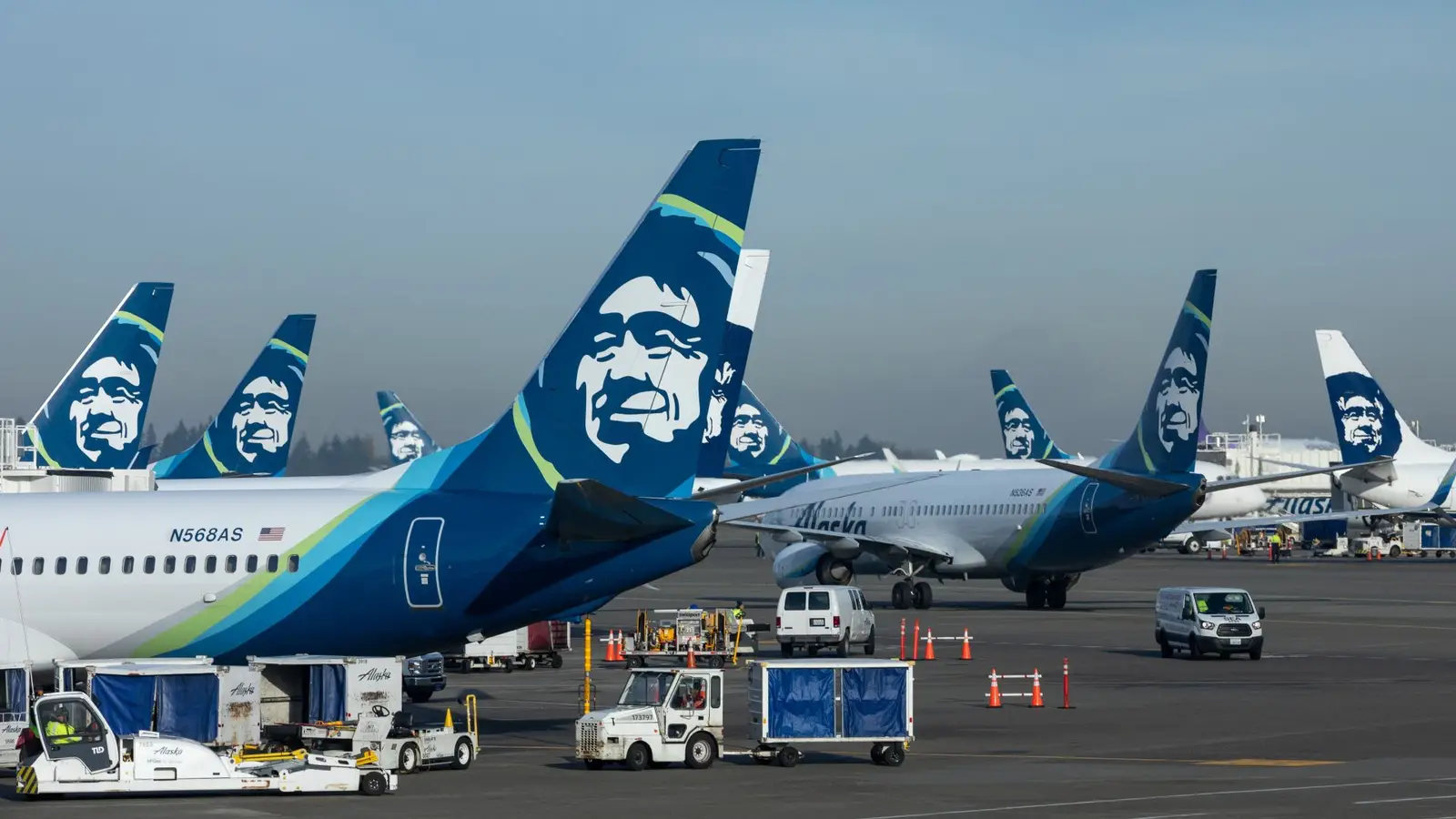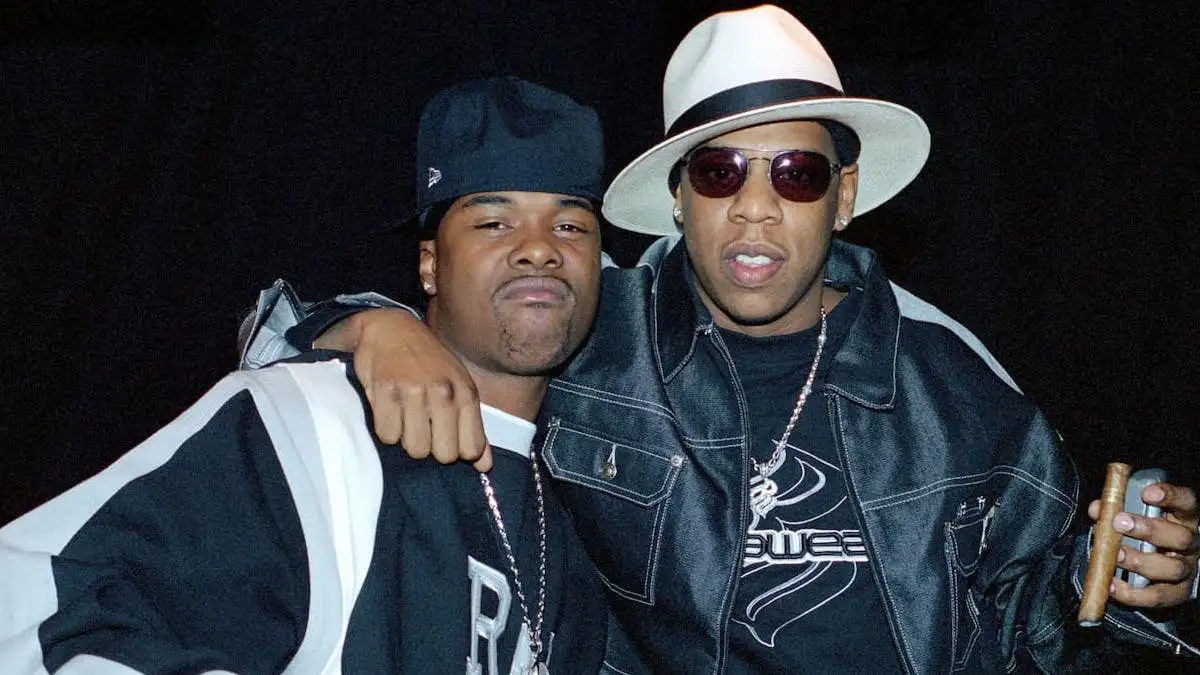
Alaska Air Group has announced significant executive transitions at both Alaska Airlines and its regional subsidiary Horizon Air. The President of Horizon Air will become the company COO, while the current Senior Vice President of People at Alaska Airlines will take over as Horizon Air President and CEO, with the changes effective in November.
The leadership reshuffle is designed to strengthen coordination between the mainline and regional carriers under the Alaska Air Group umbrella. By elevating internal executives rather than seeking outside hires, the group emphasizes continuity and institutional knowledge. The transitions also reflect their ambition to scale efficiently, navigate fleet challenges, and maintain service quality as networks expand.
A Look At The Changes Inside Alaska Air Group
Stepping into the role of COO at Alaska Airlines is industry veteran Jason Berry. He is succeeding Constance von Muelhon in the position, who joined Alaska Airlines in 2011 and became COO in 2021. She will be retiring in February 2026 and will serve in an advisory role to Berry, who will take over the position on November 3, 2025.
Berry was formerly the President of Alaska’s regional subsidiary Horizon Air as well as the Executive Vice President of Cargo. Stepping into the role of President and CEO of Horizon Air is Alaska Air Group veteran Andy Schneider. Schneider currently serves as the Senior Vice President for People in Alaska Airlines and she has been with the company for over 35 years.
These changes come as Alaska Airlines completes its merger with Hawaiian Airlines. The two companies are currently working to obtain a single operating certificate, which will create operational complexities for the company. As such, these two will be coming into their new roles with major tasks ahead of them as the two companies further integrate.
How This Impacts Alaska Airlines And The Implications
These changes are occurring while Alaska Airlines is undertaking perhaps its most significant changes to its business model. Once the quirky low-cost powerhouse in the Pacific Northwest with a fleet exclusively made up of Boeing 737s, the airline has now acquired Hawaiian Airlines, along with a fleet of Airbus A321neos, Airbus A330s, Boeing 717s, and Boeing 787s. Additionally, Alaska is transferring Hawaiian’s former 787s to Seattle, along with future deliveries.
Alaska Airlines, while historically very successful, is essentially moving into uncharted territory for the company. The airline has never before flown long-haul, never before operated widebodies, and is also going up against stiff competition from Delta Air Lines and foreign carriers. The airline only recently became a oneworld member in 2021 and is still building up its airline partnerships.
Alaska Airlines is notably promoting from within and is drawing upon both of these individuals’ decades of experience at Alaska as well as the wider airline industry. Although it’s moving into new water, it seems to be betting that the things that made it successful in the past will continue to propel its success in the future.
What This Means For Employees And Customers
For employees, the transitions are structured to be predictable and low-friction. Alaska emphasizes that these are planned successions, not reactive swaps, and that both leaders are internally known quantities. Additionally, with Constance von Muelhon remaining as advisor for Jason Berry, this will further smooth the transition for the COO role.
For customers, the test will be operational consistency this winter and into summer 2026. Alaska’s playbook typically leans on tight turns, high aircraft utilization, and strong regional feed. If the leadership handoff preserves those rhythms, the carrier should be positioned to keep schedule integrity and maintain its service reputation on core West Coast corridors.



